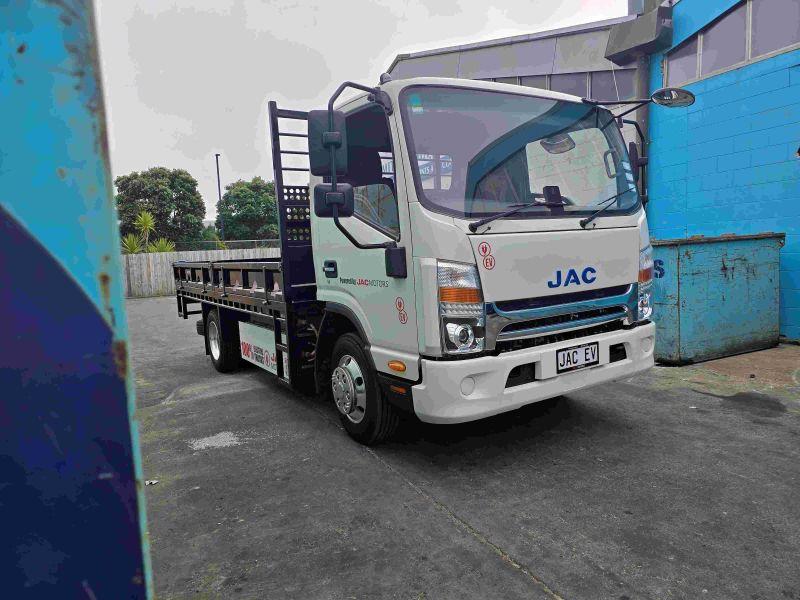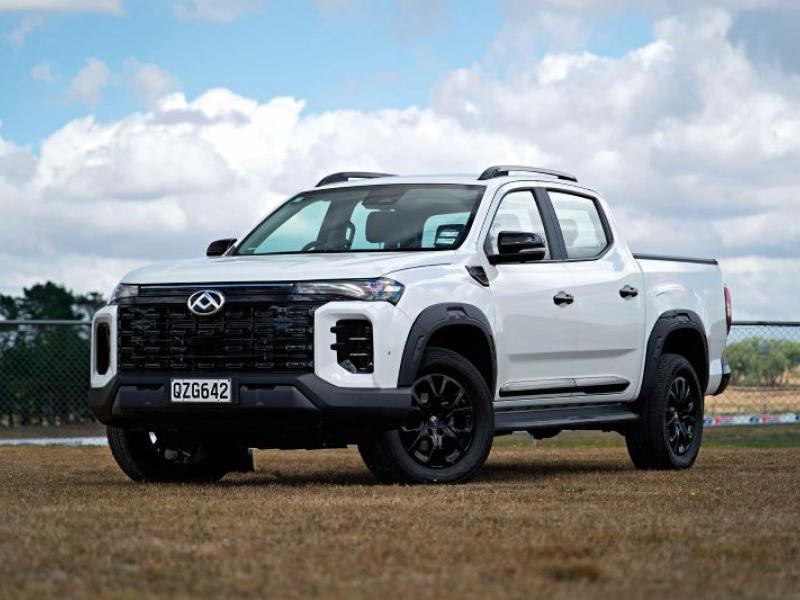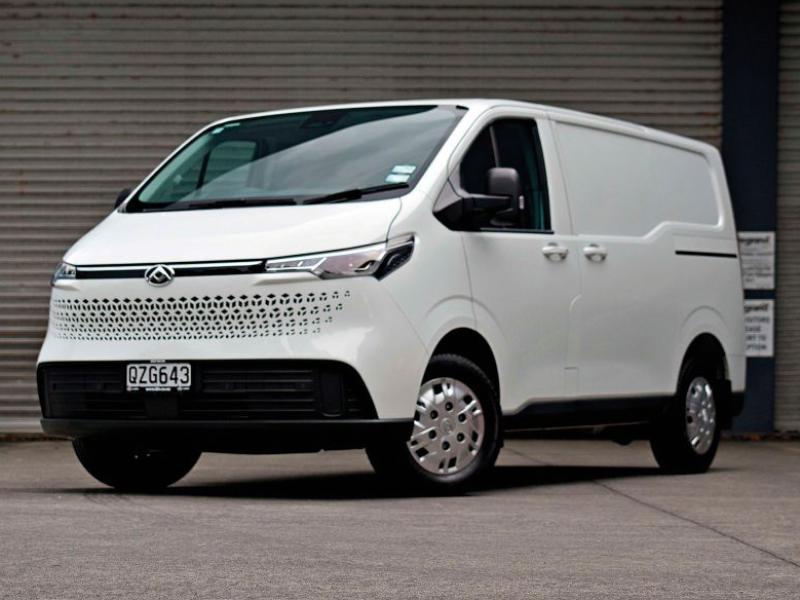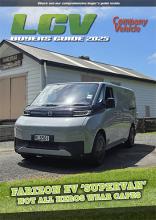The JAC EV Electric Light Truck is an advanced commercial vehicle tailored for environmental sustainability and functionality, however, it’s also a bloody good truck in its own right. The lineup offers variants like the N60 EV and N90 EV, with key differences in specifications, such as wheelbase length and gross vehicle weight (GVW).
The N60 EV model features a 3365mm wheelbase, a GVW of 5990 kg, and a lithium-iron phosphate liquid-cooled battery from CATL with a total capacity of 106.95 kWh. This allows for an impressive urban driving range of over 200 km when fully loaded and a factory-tested range of 390 km under ideal conditions. It is equipped with a drive motor delivering rated/peak power of 65/130 kW and torque of 415/1200 Nm, enabling efficient performance and a maximum speed of 90 km/h. My review model also came with advanced safety features, including ABS, Electronic Stability Control (ESC), Lane Departure Warning System (LDWS), Auto Emergency Braking System (AEBS), and more.
For those with more serious demands, the N90 EV, has a larger wheelbase of 4475mm, a GVW of 9000 kg, and a higher-powered motor offering 90/171 kW of rated/peak power with 550/1050 Nm of torque. It also benefits from a hill climb gradability of up to 30 percent, making it suitable for more demanding conditions.
Across the board, these trucks include air brakes (the ones in the BIG trucks) with ABS, braking energy recovery (regen), power steering, and a comfortable cabin layout. The models adhere to practicality with turning circles as low as 12.2m and varying chassis dimensions based on the specific model. Additionally, for the safety conscience, JAC EV trucks have reverse cameras, radar systems, and crash-activated safety measures like automatic unlocking and circuit breakers. That should be all the ‘specs’ covered!
(For a novice), the sheer size of the JAC EV truck is somewhat daunting. You climb up into the cabin like a trucker and the cabin itself feels substantial, like a big truck one. Visibility is good, large windscreen, side and rear windows and so many mirrors. What’s more, the elevated riding position (much taller than the likes of a RAM) meant that I could see my place on the shore from Southern Motors in Manukau (maybe a slight exaggeration there).
Then there’s the length. Slapping a flatbed onto a 3.37m wheelbase and chassis may not sound huge (to big truckies), but knowing that I had to navigate this large footprint around my smaller urban streets later did give me pause.
With 99 percent charge, the digital TFT in the centre of the ‘traditional’ instrument cluster declared that I had 225km of range to play with. Speaking of pause, a few seconds of waiting-time is required on the initial turn of the key (yes key) as the EV truck configures itself, think of it as an old-school diesel wait. A second turn of the key and I was ‘ready’. A turn of the transmission dial to drive (no 18-speed manual gearbox to contend with) and I was off.
Oddly, there is another delay as the power kicks in (something you have to be aware of at traffic lights), so when you do take off it comes as a bit of a lurch, this combined with grabby brakes meant that I really did look like a novice leaving the showroom – I’m sure there was a smile or two from the chaps there.
A wide arc out of the showroom, followed by the same at the Manukau lights and I was onto SH1 in reasonable traffic – not rush hour. It didn’t take long for me to get used to the width, and the myriad of mirrors helped with overall awareness, the steering was truck-style vague (like a b-grade ‘40s Hollywood car chase) but easy enough to keep straight, plus the additional battery weight meant that crossing the bridge in the wind was a breeze (pun intended).
The instrument gauges display speed, which is kept under its top 90km/h and power rather than revs. And of course, battery level rather than fuel. I arrived at home with the TFT display telling me that I’d used 15km of range to travel 32km, a big tick for the EV truck’s range.
Reversing onto my drive was easier than I imagined, as outlined before, the JAC EV truck does have a reversing camera, but the infotainment screen is too far away for my liking, so mirrors and windows came into play once again.
Although my driving still requires more work, the JAC EV truck performed its duty well. It combines innovative electric powertrain technology, solid handling, and a suite of safety and convenience features with ease, making it an attractive solution for light-duty commercial needs in urban and suburban environments. The power delay and snatchy brakes are something that you get more used to (but could still be improved), but emissions free, diesel free, (and government aided) urban driving, has to make you feel good.
As for exact range, I returned the JAC EV truck with 72 percent charge having travelled 71km and used 49km range (so 176km left).
A closer look at JAC's EV Truck
Workhorse
Friday, 11 April 2025
File Download:






